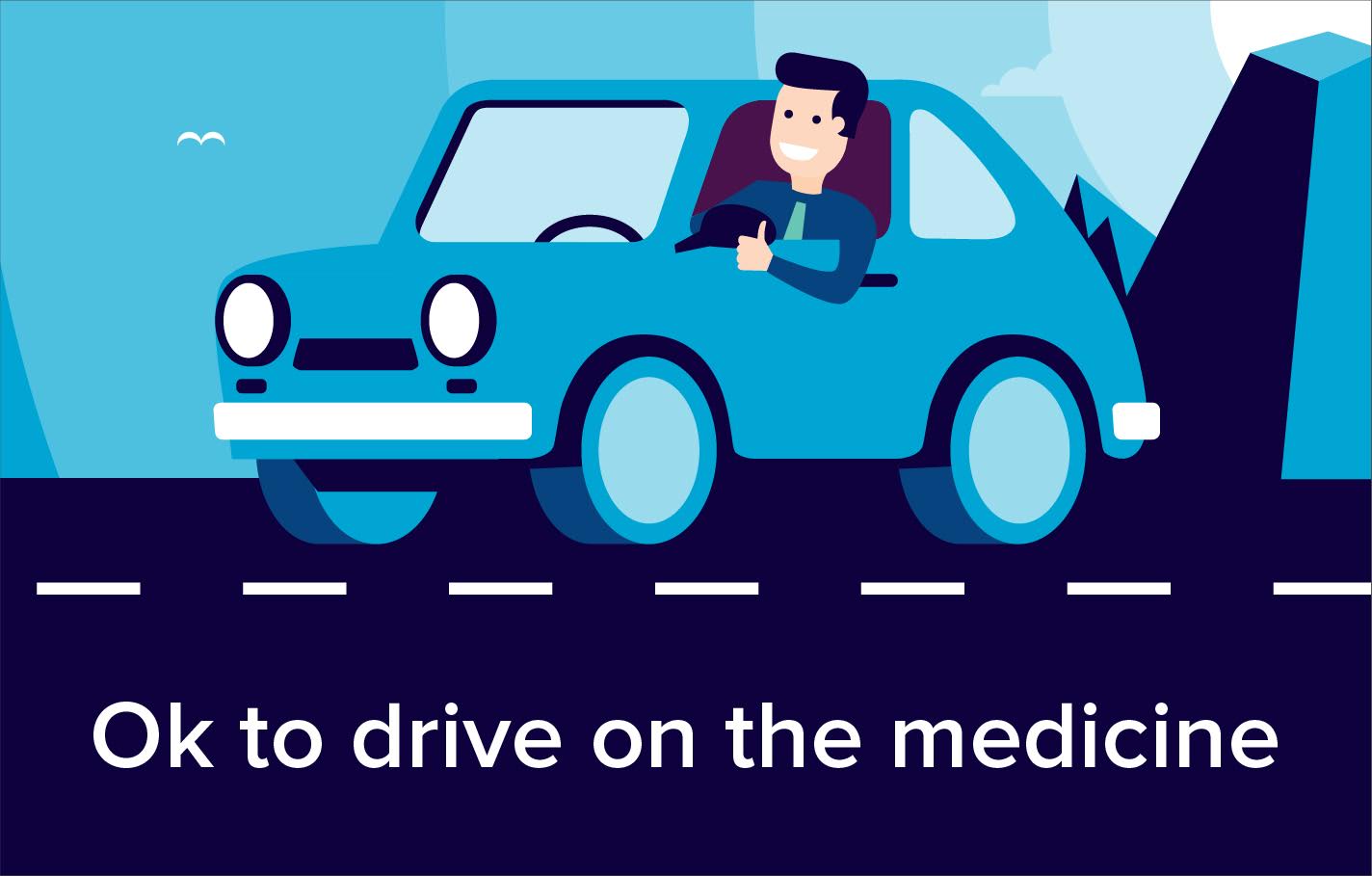Trajenta tablets contain the active ingredient linagliptin, which is a medicine used to treat type 2 diabetes.

What is Trajenta used for?
- Type 2 diabetes (non-insulin dependent diabetes).
- Trajenta tablets can be used on their own to improve blood sugar control in people whose blood sugar is not controlled by changes to their diet and exercise alone, and who can't take metformin.
- Trajenta tablets can also be used for people with type 2 diabetes whose blood sugar is not sufficiently controlled by other antidiabetic medicines.
How does Trajenta work?
- Trajenta tablets contain the active ingredient linagliptin, which is a type of medicine called a dipeptidyl peptidase-4 (DPP-4) inhibitor.
- Linagliptin works by increasing the amount of two incretin hormones found in the body, called glucagon-like peptide-1 (GLP-1) and glucose-dependent insulinotropic peptide (GIP). These hormones are normally produced naturally by the body in response to food intake. Their function is to help control blood sugar (glucose) levels.
- GLP-1 and GIP have two main actions that help to control blood glucose.
- Firstly, they stimulate the pancreas to produce insulin in response to increasing levels of glucose in the blood. (Insulin is the main hormone responsible for controlling sugar levels in the blood. It causes cells in the body to remove sugar from the blood.)
- GLP-1 also reduces the production of glucagon. (Glucagon is a hormone that normally increases glucose production by the liver.)
- GLP-1 and GIP are normally broken down by an enzyme in the body called dipeptidyl peptidase-4 (DPP-4). Linagliptin works by binding to this enzyme and preventing it from breaking down the GLP-1 and GIP. This increases the levels of these hormones in the body and so increases their effect on controlling blood sugar.
How do I take Trajenta?
- One Trajenta tablet should be taken once a day. The tablet can be taken with or without food at any time of day. Try to always take your tablet at the same time of day, as this will help you remember to take it.
- If you forget to take your Trajenta tablet at your usual time, take it as soon as you remember. However, it is important not to take two doses in the same day. Don't take a double dose to make up for a missed dose.
Trajenta should be used with caution in
- People over 80 years of age.
Who should not take Trajenta?
- People with type 1 diabetes.
- People with diabetic ketoacidosis.
Women who are pregnant or breastfeeding.
- People who are allergic to any ingredients of the medicine.
- Trajenta is not recommended for children and adolescents under 18 years of age because it has not been studied in this age group.
- Can I take Trajenta while pregnant or breastfeeding?
- The safety of linagliptin for use during pregnancy has not been established. It should not be used during pregnancy. Diabetes mellitus is usually controlled using insulin during pregnancy, because this provides a more stable control of blood sugar. If you get pregnant while taking Trajenta, or are planning a pregnancy, you should seek medical advice from your doctor.
- It is not known if linagliptin passes into breast milk. The manufacturer states that it should not be used by breastfeeding mothers. Seek medical advice from your doctor.
What are the possible side effects of Trajenta?
Medicines and their possible side effects can affect individual people in different ways. The following are some of the side effects that are known to be associated with linagliptin. Just because a side effect is stated here, it does not mean that all people using Trajenta will experience that or any side effect.
Very common
- Low blood sugar levels (when used with a sulphonylurea such as glibenclamide and metformin).
Uncommon
- Cough (frequency unknown if taken in combination with a sulphonylurea such as glibenclamide and metformin).
- Inflammation of the nose and throat, causing a blocked or runny nose and sore throat (nasopharyngitis).
- Unknown frequency
- Inflammation of the pancreas (acute pancreatitis). See what should I know above.
- Allergic reactions - uncommon if taken in combination with metformin.
If you want any more information about the possible side effects of Trajenta you should talk to your doctor or pharmacist, or read the leaflet that comes with the medicine.
Can I take other medicines with Trajenta?
It is important to tell your doctor or pharmacist what medicines you are already taking, including those bought without a prescription and herbal medicines, before you start treatment with Trajenta. Similarly, check with your doctor or pharmacist before taking any new medicines while taking this one, to make sure that the combination is safe.
The following medicines may increase the breakdown of linagliptin and so could reduce its effect at controlling blood sugar:
- carbamazepine
- phenobarbital
- phenytoin
- rifampicin.
If you take any of these in combination with linagliptin, your doctor may want to monitor your blood sugar level more frequently and your dose may need to be adjusted.
Medicines that increase blood sugar levels as a side effect may make this medicine less effective at controlling blood sugar. Medicines that can increase blood sugar levels include the following:
- antipsychotic medicines, such as chlorpromazine, olanzapine, risperidone
- beta-2-agonists, such as salbutamol, salmeterol
- corticosteroids, such as prednisolone
- glucosamine
- oestrogens and progestogens, such as those contained in oral contraceptives
- thiazide diuretics, such as bendroflumethiazide.
Your doctor may want to monitor your blood sugar if you start or stop treatment with any of these while taking this medicine, and if necessary your doctor may alter your dose of this medicine.
If you have any more questions please ask your Pharmacist.
Remember to keep all medicines out of reach of children
Please Note: We have made every effort to ensure that the content of this information sheet is correct at time of publish, but remember that information about drugs may change. This sheet does not list all the uses and side-effects associated with this drug. For full details please see the drug information leaflet which comes with your medicine. Your doctor will assess your medical circumstances and draw your attention to any information or side-effects which may be relevant in your particular case.
References:
http://www.netdoctor.co.uk/medicines/diabetes/a8779/trajenta-linagliptin/
http://www.news-medical.net/drugs/Trajenta.aspx
http://www.medbroadcast.com/Drug/GetDrug/Trajenta
https://www.boehringer-ingelheim.com/press-release/trajenta-linagliptin-new-data-safety-and-efficacy-type-2-diabetes-patients-moderate
https://www.drugs.com/uk/trajenta.html



